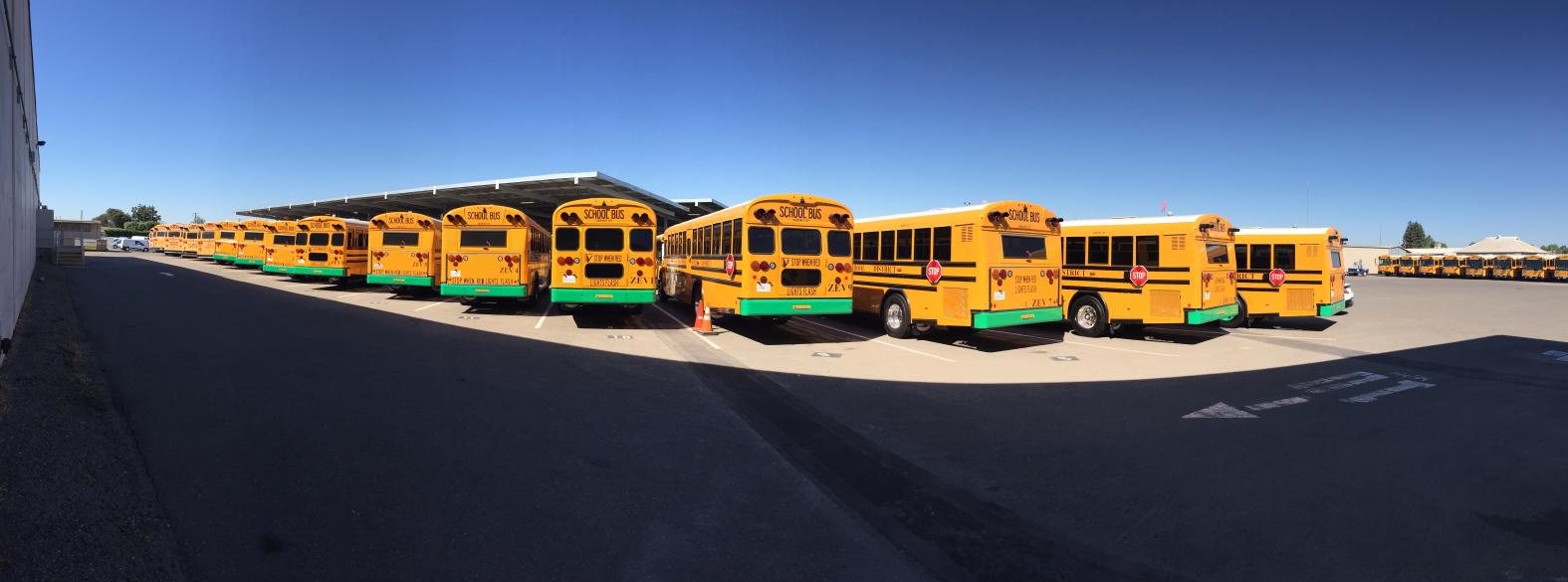In this article, I’ve identified prominent education issues faced by students in Stockton, and have provided possible solutions to resolve their challenges. Major concerns include limited time to learn course material, unengaging classrooms, and challenges related to equity.
Time to Learn
The amount of time students are provided to learn is insufficient. Often there is a lot of information packed into a quarter or semester, and there is very little time to learn a topic thoroughly. I’ve experienced this firsthand in English, history, and math classes. Time constraints restrict student learning. Instead of having the time to learn about the complex themes embedded in various subjects, learning is limited to surface-level information. As a consequence, students may stop challenging themselves when all that is required of them is to regurgitate information. This seems to be a common theme in the modern school system. There are also minimal opportunities for students to think critically, reflect, and discuss during class. When teachers fail to take the time to delve deeper into subjects, it places many students at a disadvantage. For instance, many standardized tests require students to utilize critical thinking skills to perform tasks. Without developing this competency, students are likely to achieve lower scores.
I’m not suggesting that assignments and school curricula become more complex or confusing for students. Rather, I am advocating for teachers to have enough time to actually teach those concepts and themes thoroughly, especially when they relate to core educational skills. For this to happen, schools will need to make changes to the curriculum, including taking into account the various ways that students learn. Additionally, curriculum adjustments will require training for teachers and should be provided to help them create more meaningful work for students.
Engaging Classrooms
Classrooms should engage students’ creative abilities. One way to do this would be to incorporate conversations into their classroom experience. In addition to making the classroom a more engaging place to learn, adding conversations will help students develop interpersonal skills, form friendships, and learn to work in collaborative settings.
Creative work may not be preferred by all students. For those who find the creative work challenging, alternative assignments can be provided. As long as the alternate assignments cover the same concepts, this shouldn’t be an issue.
Creating engaging classrooms can only be accomplished if there are teachers who are able to implement the changes that have been suggested. Thus, schools must improve their assessment of the teachers they employ. Part of this assessment should allow students to provide input regarding their teacher’s abilities. As things currently stand, student feedback evokes little response, unless something major occurs that can’t be ignored.

Address Equity Challenges
Students who come from lower socioeconomic backgrounds have a harder chance to excel in school; they face unique barriers and often do not have access to the same opportunities as their peers. For example, students from lower socioeconomic households would likely be unable to afford a tutor, or to spend additional time at school to receive help. Additionally, their working parents may not have the luxury of time to support their school needs. To ensure the success of all students, schools must address challenges students face due to lack of economic resources.


